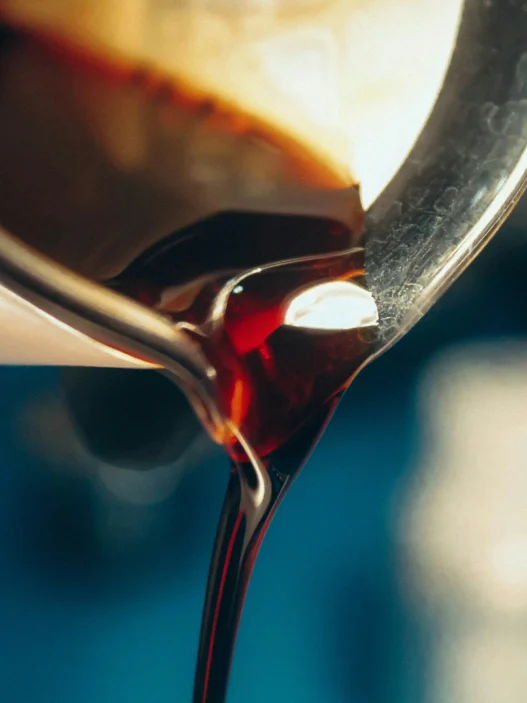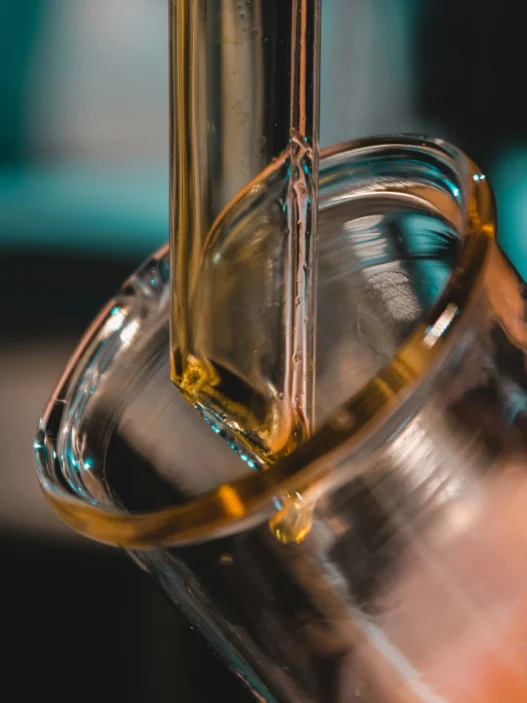Apiin, a natural compound found in a variety of fruits and vegetables, holds significant relevance to everyday life due to its potential health benefits. Research has shown that Apiin possesses antioxidants and anti-inflammatory properties, making it a promising candidate for various health applications. Regular consumption of Apiin-rich foods may help to combat oxidative stress, reduce inflammation, and potentially lower the risk of chronic diseases such as heart disease and cancer. As such, understanding the role of Apiin in promoting health and well-being is increasingly important for individuals seeking to improve their overall quality of life.
Table of Contents:
- 💡 Commercial Applications
- ⚗️ Chemical & Physical Properties
- 🏭 Production & Procurement
- ⚠️ Safety Considerations
- 🔬 Potential Research Directions
- 🧪 Related Compounds
💡 Commercial Applications
Apiin is a flavone glycoside found in a variety of herbs, fruits, and vegetables, such as parsley and celery. In commercial and industrial applications, apiin is often used as a natural food colorant due to its yellow pigment.
In addition to its commercial uses, apiin also has potential pharmaceutical applications. Research suggests that apiin possesses antioxidant and anti-inflammatory properties, making it a promising candidate for drug development. Apiin has also been studied for its potential anti-cancer effects, although more research is needed to confirm its efficacy in this area.
In terms of medication applications, apiin has been investigated for its potential cardiovascular benefits. Studies have shown that apiin has vasodilatory effects, which could help lower blood pressure and improve blood flow. Additionally, apiin has been studied for its potential neuroprotective effects, with some evidence suggesting that it may help protect against oxidative stress and neurodegeneration.
⚗️ Chemical & Physical Properties
Apiin is a flavonoid compound that appears as a white, crystalline solid with a faint odor. The compound is known for its bitter taste, which is commonly found in various plants such as parsley and celery.
With a molar mass of 432.37 g/mol and a density of 1.50 g/cm³, apiin is relatively light and less dense compared to common food items such as sugar (molar mass of 342.30 g/mol, density of 1.59 g/cm³) and salt (molar mass of 58.44 g/mol, density of 2.16 g/cm³).
Apiin has a melting point of approximately 320°C and a boiling point of around 680°C. These values are significantly higher compared to common food items like butter (melting point of 32-35°C, boiling point of 250°C) and water (melting point of 0°C, boiling point of 100°C).
Apiin is sparingly soluble in water and exhibits low viscosity. This makes it less soluble in water compared to common food items like sugar and salt, which are highly soluble, and has lower viscosity compared to substances like honey, which are more viscous.
🏭 Production & Procurement
Apiin, a flavonoid compound found in various plants, is produced through a long process involving extraction and purification methods. The plant material containing Apiin is first collected and processed to release the compound. It is then isolated through various solvents and separation techniques to obtain a pure form of Apiin.
Apiin can be procured through the harvesting of plants that naturally contain this compound, such as parsley, celery, and chamomile. The plant material is typically dried and processed to extract Apiin, which can then be further purified for commercial use. Once procured, Apiin can be transported in various forms such as powder or liquid for use in dietary supplements, cosmetics, or pharmaceutical formulations.
The procurement and transportation of Apiin are crucial steps in ensuring the quality and effectiveness of the compound for various applications. Proper storage conditions, such as temperature control and protection from light, are necessary to maintain the stability of Apiin during transport. Additionally, the use of appropriate packaging materials and methods is essential to prevent contamination or degradation of the compound.
⚠️ Safety Considerations
Safety considerations for Apiin should be taken into account before handling or working with this compound. It is important to wear appropriate personal protective equipment, such as gloves and goggles, to minimize the risk of skin and eye irritation. Proper ventilation should be ensured in the work area to prevent inhalation of vapors or dust particles. Additionally, proper storage and disposal methods should be followed to minimize any environmental impact.
The hazard statements for Apiin include possible eye irritation, skin irritation, and respiratory irritation. It is recommended to avoid direct contact with the eyes, skin, and respiratory system when working with this compound. In case of exposure, it is important to seek medical attention immediately and rinse affected areas with plenty of water.
Precautionary statements for Apiin include wearing protective gloves, clothing, and eye protection when handling the compound. It is advised to wash hands thoroughly after handling and to avoid inhaling dust or vapors. Proper storage conditions should be maintained to prevent any potential hazards. In case of accidental release or exposure, follow emergency procedures and seek medical advice.
🔬 Potential Research Directions
One potential research direction of Apiin, a flavone commonly found in parsley, chamomile, and celery, is its anti-inflammatory properties. Studies have shown that Apiin may inhibit inflammatory mediators, offering potential therapeutic applications in conditions such as arthritis and inflammatory bowel disease.
Further research could investigate the potential antioxidant effects of Apiin. Antioxidants play a crucial role in neutralizing harmful free radicals in the body, which can contribute to various chronic diseases. Understanding the antioxidant properties of Apiin could lead to the development of novel dietary supplements or pharmaceuticals.
Additionally, exploring the possible anti-cancer properties of Apiin could be a promising research avenue. Some studies suggest that Apiin may exhibit anti-proliferative activity against certain cancer cell lines. Investigating the mechanisms by which Apiin exerts anti-cancer effects could provide valuable insight for developing new cancer therapies.
🧪 Related Compounds
One similar compound to Apiin based on molecular structure is Apigenin. Apigenin, a natural flavonoid found in many plants, has a similar structure to Apiin, with the difference being the absence of a sugar moiety. This compound has been studied for its potential antioxidant, anti-inflammatory, and anticancer properties.
Another compound with a structure similar to Apiin is Luteolin. Luteolin is another flavonoid compound found in various plants, including fruits, vegetables, and medicinal herbs. Like Apiin, Luteolin has a similar molecular structure but lacks the sugar molecule present in Apiin. This compound has been studied for its potential antioxidant, anti-inflammatory, and neuroprotective effects.
One more compound similar to Apiin is Diosmetin. Diosmetin is a flavonoid found in citrus fruits and other plant sources. It shares a structural similarity with Apiin, but differs in the presence of a sugar molecule. Diosmetin has been studied for its potential anti-inflammatory, antioxidant, and anti-cancer properties. Like Apiin, this compound has shown promise in various preclinical studies for its health benefits.




